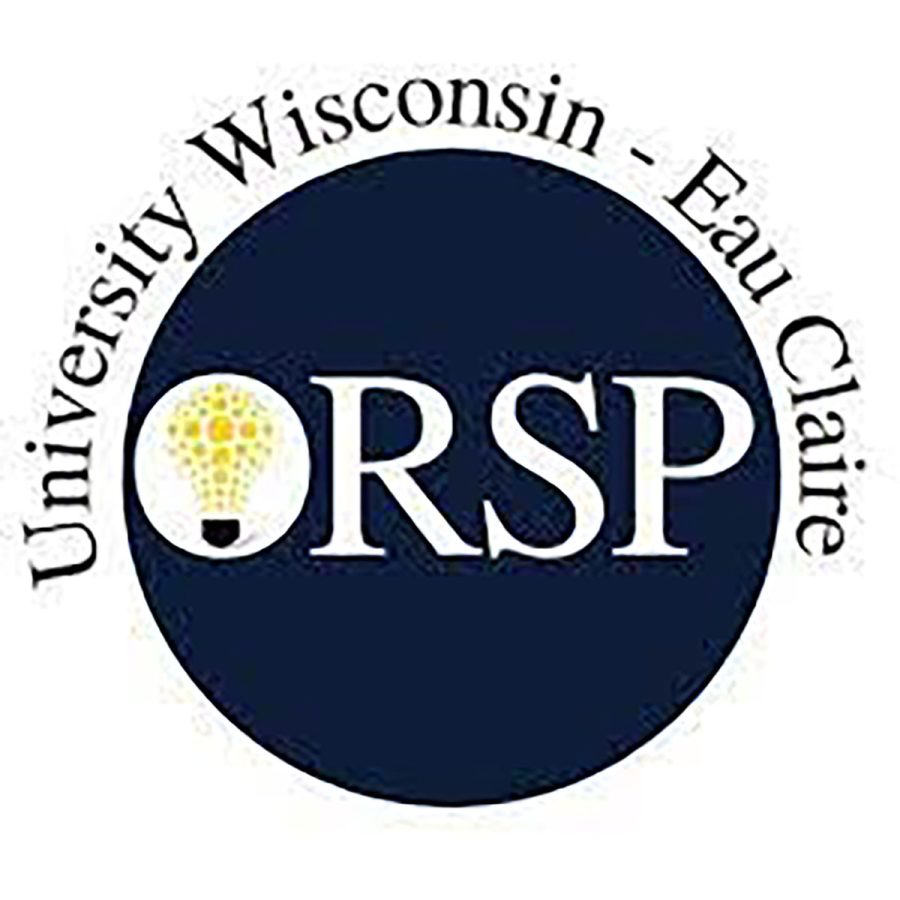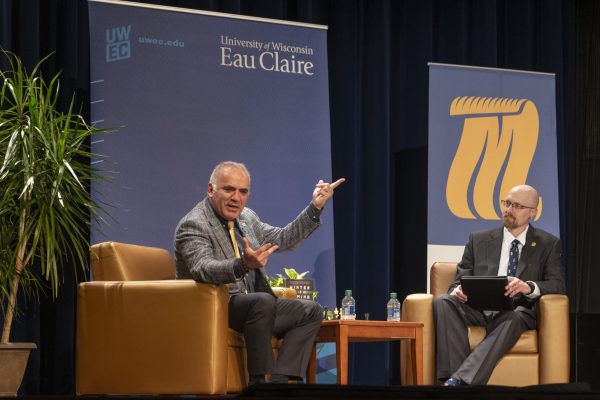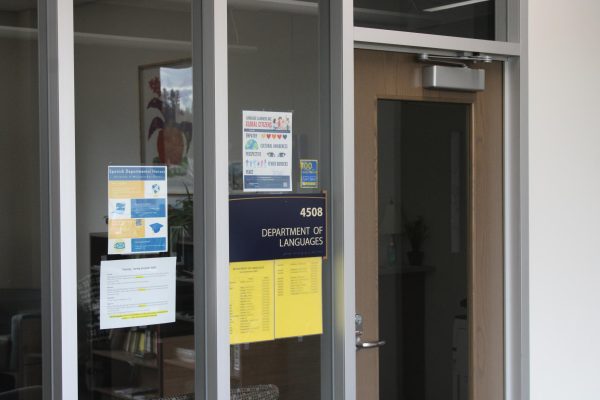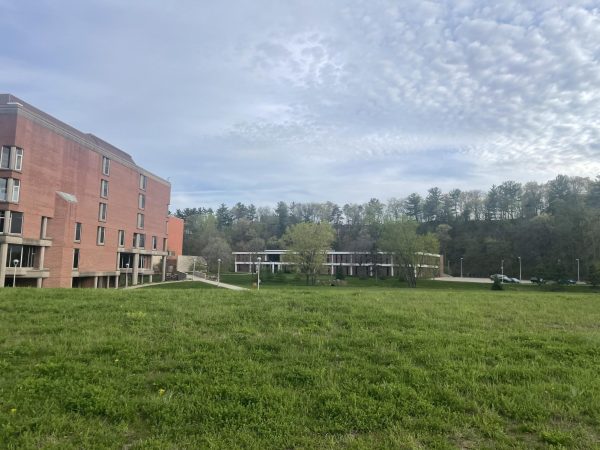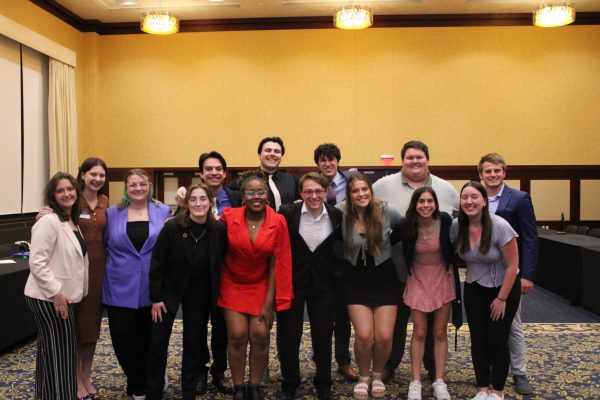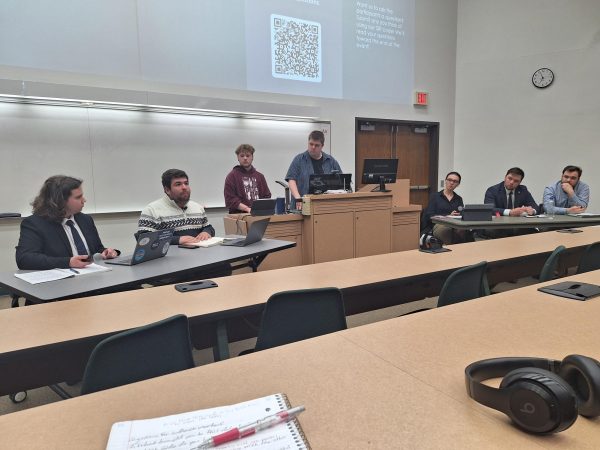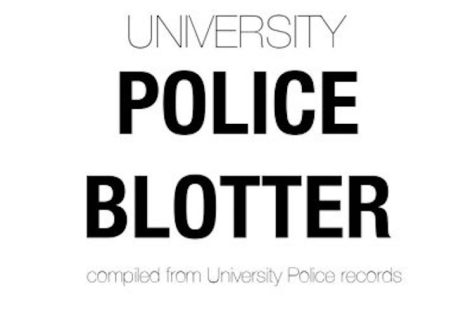Dr. Tschida gives ORSP Faculty Forum on heritage tourism
Tschida spoke about being mindful of heritage when visiting well-known natural and historical attractions
Photo by UW-Eau Claire ORSP
Dr. David Tschida presented on Nov. 9 in Vicki Lord Larson Hall.
Dr. David Tschida, director of liberal studies and communication and journalism professor, gave a talk on heritage tourism, specifically as it relates to Grand Portage National Monument on Nov. 9 for the UW-Eau Claire Office of Research and Sponsored Program’s faculty forum.
Grand Portage is located in Northern Minnesota on Lake Superior, in what is known as the arrowhead region. Grand Portage is known for being the primary trading post for the French and British, during the fur trade of the late seventeenth and early eighteenth century.
“This post on Lake Superior allowed them lake and river access through a series of waterways into much of northern Minnesota and well into Canada,” Tschida said. “Furs that were gathered at that point could be brought out of that area and sent to Europe.”
In addition to the post being essential for exporting, it was also essential for importing goods for Indigenous communities, according to Tschida.
Tschida decided to further his research of the national monument when he began writing a chapter for Cathy Rex and Shevaun E. Watson’s book, “Public Memory, Race and Heritage Tourism of Early America.”
At an international communication conference, Tschida became aware of what he referred to as “the gateway experience.” An example of this was the formerly segregated Great Smoky Mountain National Park.
“The use of the Great Smoky Mountains is still dominated by mostly European Americans,” Tschida said. “This is thought to be, in part, due to the road leading to the national park exposing its visitors to hateful imagery, suggesting ‘you’re not welcome here.’”
Tschida applied this information to an upcoming trip to Grand Portage. To get to the national monument, most visitors need to take a 150-mile highway drive, creating a similar gateway experience.
“Heritage tourism looks at historic sites. My purpose is to speak about historic sites that are tied to minoritized groups.” Tschida said. “When we visit these places, our mindfulness must include an awareness of those who are intimately and historically tied to them.”
When partaking in heritage tourism, it is important to recognize how colonialism, displacement from the land and environmental values of indigenous groups factor together to be part of the tourist experience, according to Tschida.
“When you visit these historical sites, you’re there to travel and learn, but you must also consider the lives that have been devastated there and remain mindful, sensitive and respectful,” Tschida said.
According to Tschida, when a person feels a “sense of place” at a historic landmark, they may feel inclined to act in a way that can have negative implications.
“Since Grand Portage has a neighboring state park, any of the behaviors a person had during the earlier hours or days of their vacation, may become behaviors they replicate at the monument,” Tschida said. “People do things as they are used to doing them.”
An example of this is walking off of a designated trail to explore. This action is disrespectful to the tribal community and not protective of the environment, according to Tschida.
During his presentation, Tschida highlighted multiple ways that the Grand Portage Heritage Center strategically emphasizes Indigenous communities and portrays them as vibrant and lively.
“We should be doing more than just visiting the site,” Tschida said. “We should be learning about the people. Grand Portage sits in the Grand Portage community where Anishinaabe people still live. It allows you to see the wholeness of these communities as they live today”
To watch Tschida’s full presentation, you can visit the ORSP website.
Allessi can be reached at [email protected].

Mary Allessi is a third-year English secondary education student and this is her third semester on the Spectator. Outside of class, she loves making collages, journaling and talking to her mom on FaceTime.

